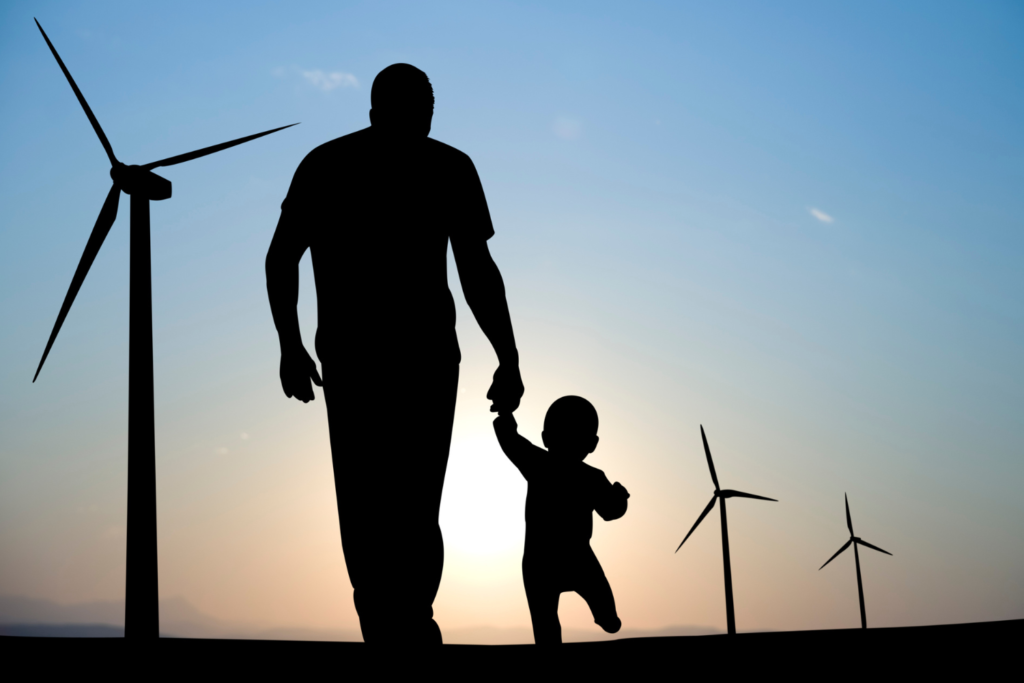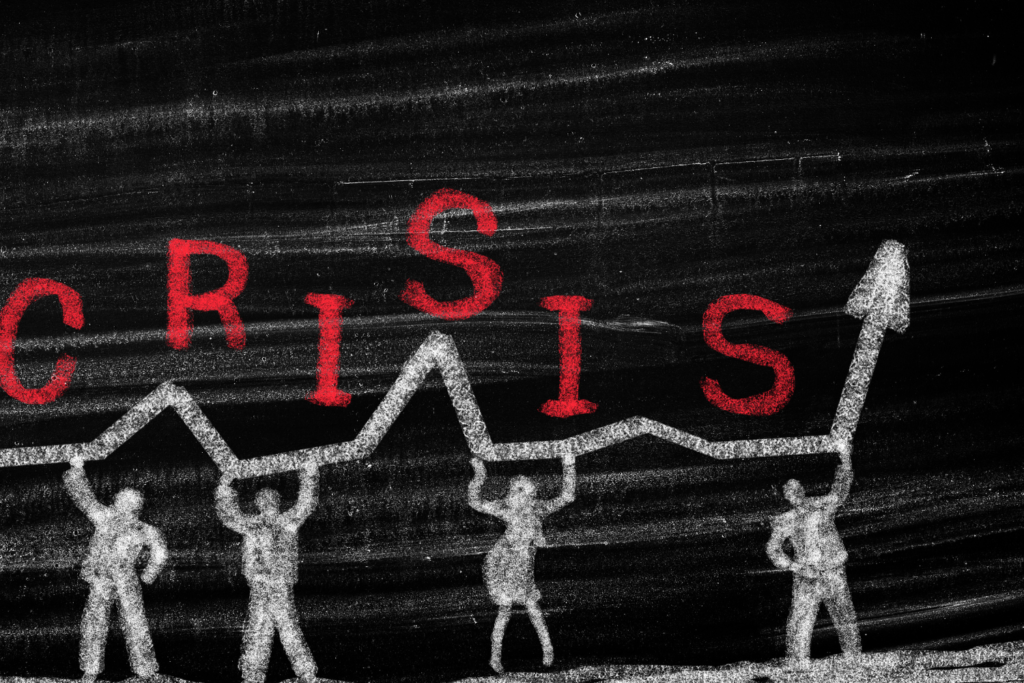Leading Beyond Barriers: Creating Impact in an Age of Polycrisis
This paper examines the structural impediments to addressing systemic global challenges in a polycrisis environment. The analysis identifies two primary categories of barriers: belief systems that disconnect individuals from systemic issues, and social barriers that hinder collective action. Drawing on successful historical interventions—such as the eradication of smallpox and the elimination of polio—the authors outline […]
Leading Beyond Barriers: Creating Impact in an Age of Polycrisis Read More »










